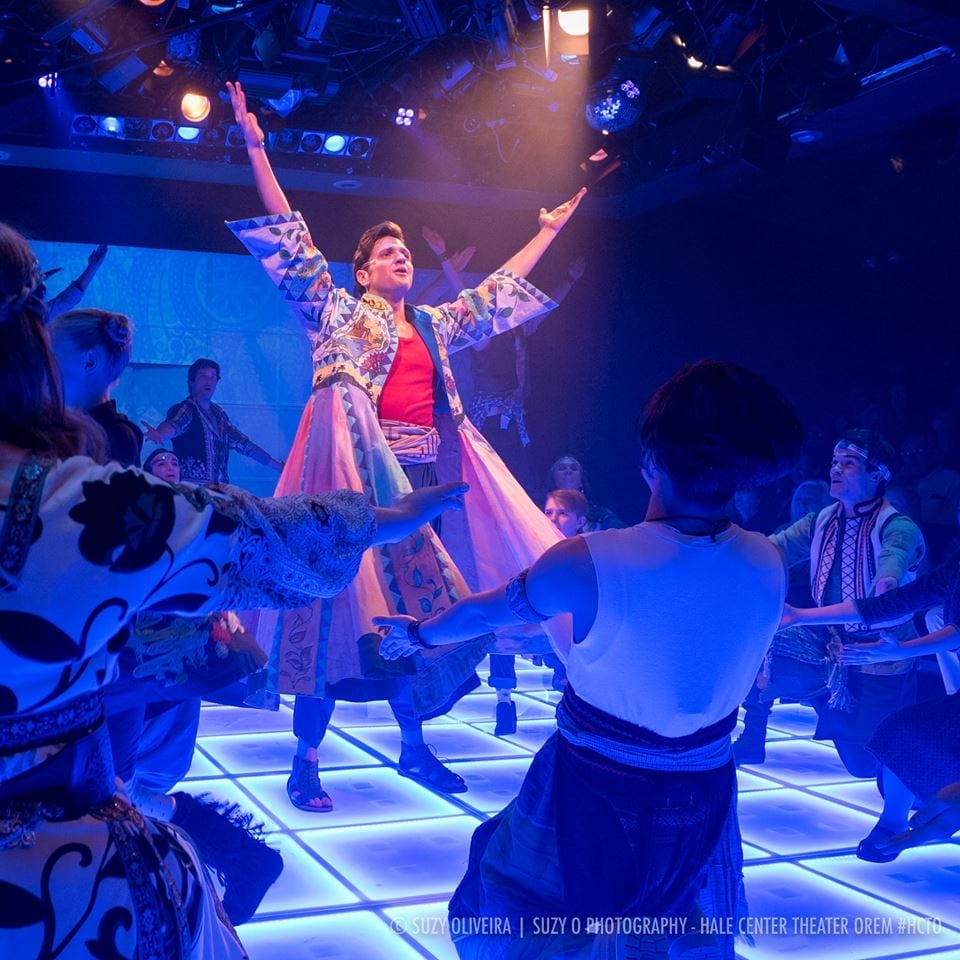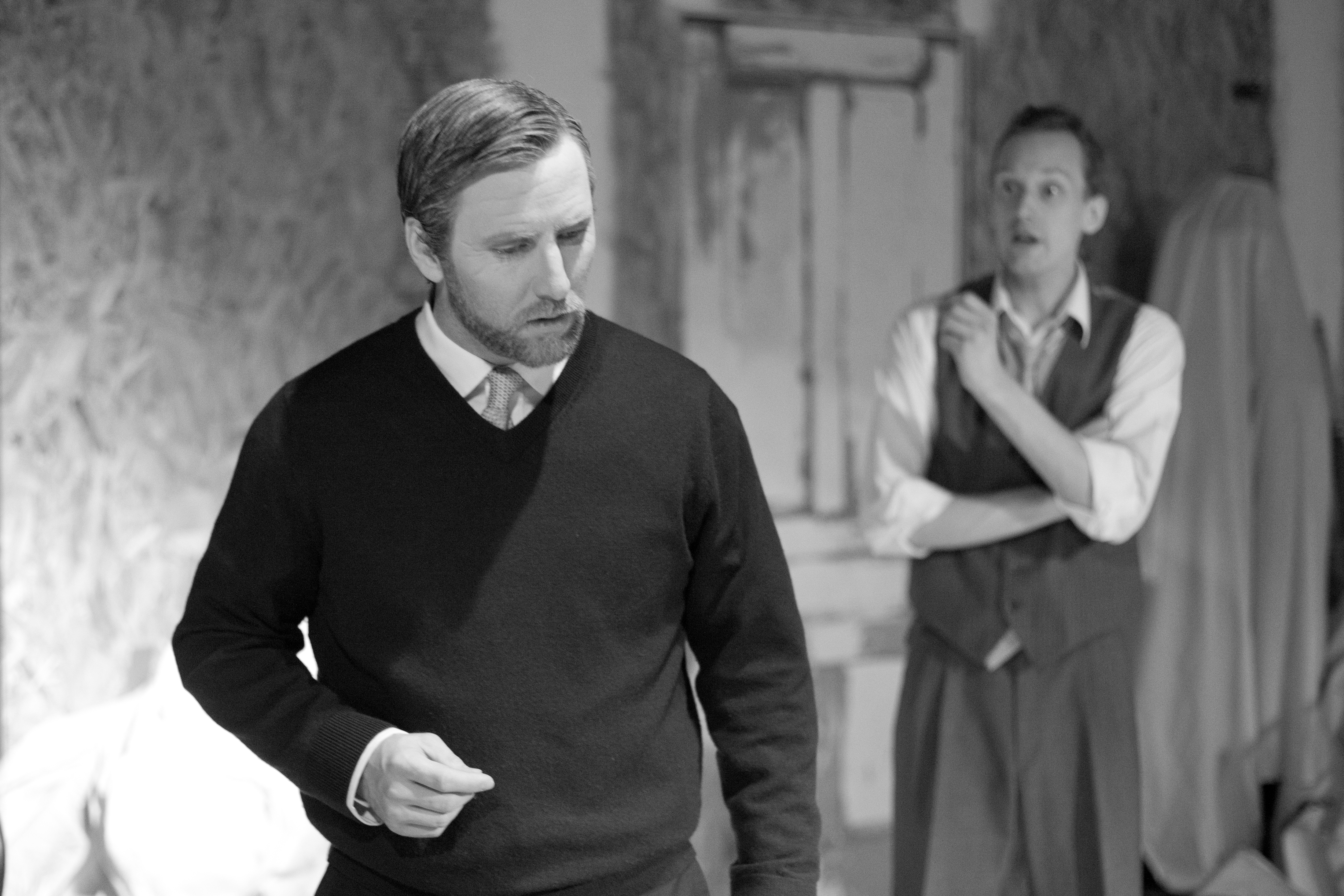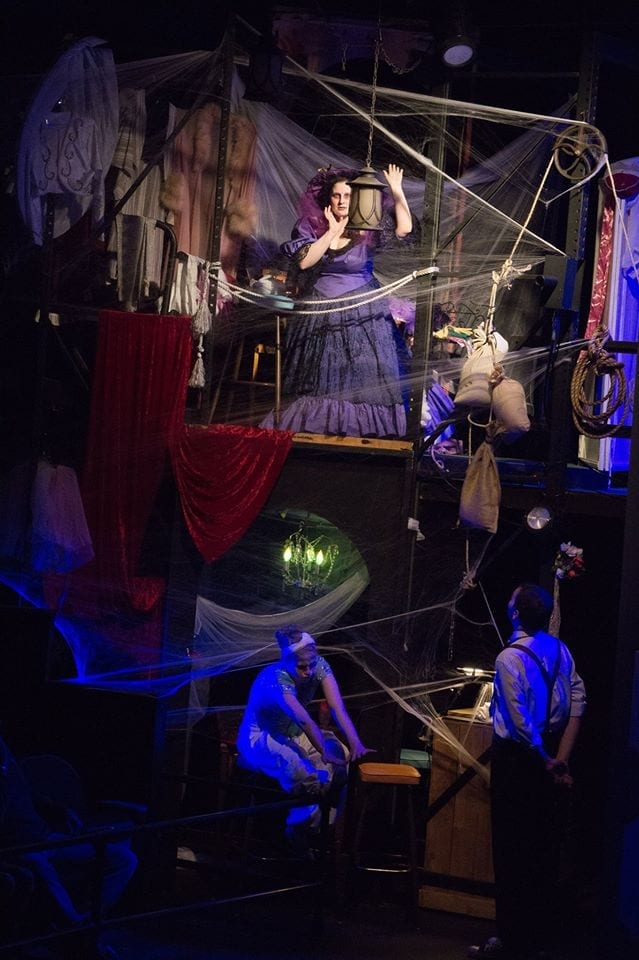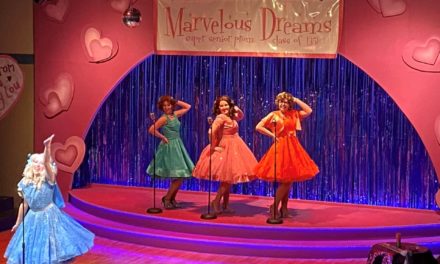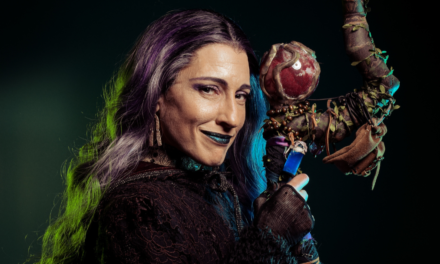OREM — Some people attend a favorite musical to see the same old show, to hear familiar songs, and to see the same characters perform the same scenes in the way that they saw it originally years ago. Others, like me, prefer to see whether a familiar story can be performed in a new way with new insights from a creative director. No matter which type of audience member you are, there’s something to like about Hale Center Theater’s production of Joseph and the Amazing Technicolor Dreamcoat.

Show closes April 9, 2016.
Judging by the UTBA archives, which already holds 13 earlier reviews of this play, Joseph is probably the most popular play in Utah. The show is Andrew Lloyd Webber and Tim Rice‘s adaptation of the biblical story of Joseph, who was sold into Egypt by his jealous brothers. After a period in prison, he rises to be the right hand man of Egypt’s Pharaoh and eventually saves his family and the Egyptian nation from famine.
Helming the production is director and choreographer Jennifer Hill-Barlow, who packed the show with terrifically fun choreography in songs like “One More Angel,” “Go, Go, Go Joseph,” and “Benjamin Calypso.” On the small stage of the Orem Hale it can be easy to make a dance number too busy or cramped, but Hill-Barlow never fell into this trap. Moreover, Hill-Barlow paid attention to the nature of each character on stage, such as deciding to make Benjamin (Joseph Paul Branca) uninvolved in the jealousy and conspiracy against Joseph. Decisions like this brought a depth to a show that usually just briskly tells a story in a fun way. Barlow-Hill also created an energetic megamix finale that reinforced the play’s rock roots.

Jack David Shapiro as Joseph.
Starring in the show was Amelia Rose Moore as the narrator. Moore has a powerful voice that was best showcased in “A Pharaoh’s Story,” a song that too often gets shafted in performances. However, Moore seemed emotionally disconnected from many of her cast members. Some of this disconnect is just part of the role, but it would have been nice for Moore to have more little interactions with other cast members to make her feel included the story (instead of merely an outside observer and storyteller). Jack David Shapiro played Joseph with all the charm and confidence that the part requires. Shapiro has a nicely controlled vibrato that made songs like “Any Dream Will Do” and “Joseph’s Dream” soar above their simple melodies. I also appreciated Shapiro’s plaintive “Close Every Door,” which brought a healthy dose of quiet emotion to a show that is otherwise silly and fast-paced.

Selfie taken during the “Jacob and Sons” number during the performance that our reviewer attended.
The supporting cast matched Moore and Shapiro in their talent. The actors playing Joseph’s brothers embraced the inherent cheesiness of Joseph. Their cartoony antics during “Canaan Days” and “Poor, Poor Joseph” created an infectiously fun atmosphere. As Pharaoh, Cleveland McKay Nicoll broke from the traditional Elvis impersonation and instead played an early 1970’s British glam rocker with strong David Bowie influences. It was a daring interpretation of the role, but Nicoll pulled it off well. Finally, in the roles of Jacob and Potiphar, Ric Starnes brought some dignity to the show. The fact that Starnes resembles Robert De Niro probably helped in this regard.

Cleveland McKay Nicoll as Pharaoh.
One of the reasons why Joseph is so popular is the opportunities for creativity that it gives technical artists. Bobby Swenson‘s set design was mostly white panels, but this provided an excellent backdrop for Cole McClure‘s projections. Bobby Swenson also embedded lights in the floor, which added a dimension of color and vibrancy to the show (with Cody Swenson‘s lighting design). MaryAnn Hill‘s costumes were grounded in the late 1960’s era of Joseph‘s creation, and her efforts—and Barlow-Hill’s groovy choreography and McClure’s sometimes psychedelic projections—made the play feel almost like a period piece. The only technical aspect that didn’t work for me was the mashup of the brothers’ 21st century shirts with Arabian pants. This artistic choice made it hard for me to think that the brothers’ jealousy was dangerous to Joseph when one of them is a hipster brother and another was dressed like a poor college student. But after seeing the 1920’s flapper-inspired dresses in the Potiphar scene, the Egyptian costumes, and the go-go dancer costumes, all was completely forgiven.
Longtime fans of Joseph and the Amazing Technicolor Dreamcoat will find all of the familiar characters and quirks of this show that made them fall in love with it. But there enough new aspects in this production to make this Joseph different and not the same tired, old show that is mounted so often in our state. With astounding choreography, superb vocals, and an energetic cast, I encourage readers to “open every door” to this production of Joseph.

